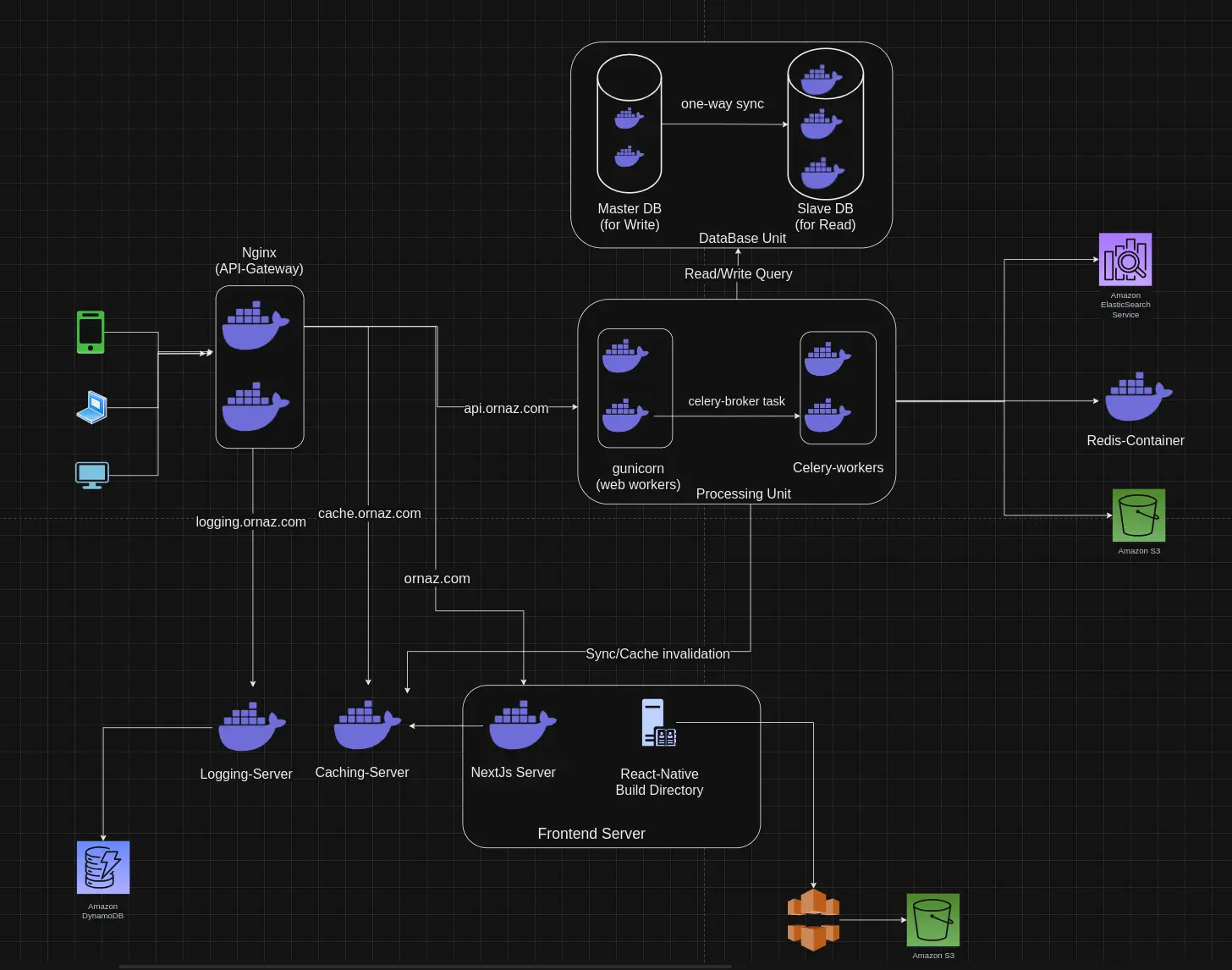
🚀 Achieving 100/100 Lighthouse Metrics: A Technical Breakdown
2024, May 07
In my previous post I shared how we achieved almost all 100/100 Lighthouse metrics. Here’s a breakdown of how we did it:
Backend Servers:
Nginx as API Gateway (entry point):
- Used as a load balancer and routed as per requirement.
- Protip: Avoid regex concatenation to prevent slowing down routing.
- Utilized Gzip compression for improved performance (Remember, it comes with a cost).
- Dropped SSL at API gateway to increase performance.
- Utilized the socket method for proxy_pass or routing to avoid direct connection to localhost: port.
- Configured nginx for request pooling at 100 req/sec.
- Added rate limiting at 50 req/sec per IP.
Django Server:
- Acted as a single source of truth for most services.
- Used Gunicorn with Django, configured with 3 workers.
- Utilized 2 master and 3 slave database servers for optimized results.
- Implemented Redis-server for caching commonly used data.
- Used template caching for SSR pages.
- Achieved an API response time of 50-100 ms under normal traffic.
- Added API rate limiter as per the use case.
Celery Worker:
- Used for all cron tasks, long-running tasks, emails/SMS, etc. to avoid blocking user responses.
- Improved API responses by 80-90%.
- Enabled the main server to focus more on serving user requests.
Cache-Server (ExpressJs):
- Implemented cache.ornaz.com (express-based server) to reduce the load on the main server.
- Reduced main server load by 70%.
- Decreased API response time to 30-60 ms.
- Utilized pm2 for management and multiple threads to serve requests.
- Used a shared global in-memory cache to serve content, ensuring website functionality even if the main server is down.
- Served inventory APIs and SEO APIs to get SEO details along with JSON-LD data.
Logging Server (Express-based service):
- Reduced server load on the main server by adding a microservice for logging logging.ornaz.com .
- Triggered all campaign events for further processing.
- Used for running marketing campaigns, user journey flow, and conversion funnels.
Monitoring Server:
- Utilized Prometheus and Grafana to monitor all nodes’ detailed metrics in real-time.
- Used Sentry to monitor errors.
Campaign Service:
- Utilized a third-party service for creating campaigns (sending WhatsApp messages, emails, push notifications) based on user journey/conversion flows.
Frontend Servers:
React-Native (Mobile):
- Utilized for mobile-web, Android app, and iOS app.
- Utilized React-Native web to create a static JS client-side server, served from CDN.
- Used CDN for fast serving (28 ms response time).
- Utilized service workers to cache everything that is not user-specific, ensuring offline functionality.
- Cached APIs at the service-worker level, further reducing server load.
Next.js Server (Desktop):
- Utilized for desktop-web and SEO purposes.
- Leveraged Next.js (SSG + ISR + CSR) for SEO-specific websites.
- Focused on SEO-friendly HTML and followed Google’s recommendations for SEO.
Django server (Fallback):
- Used as a fallback to serve pages exploiting the MVT Framework.
- Served campaign-based pages that were changed daily, ensuring a seamless user experience.
Frontend Optimization:
- Used code splitting and lazy load whenever possible in an effective manner.
- Served static content from CDN with caching for more than 2 weeks.
- Utilized service worker to cache APIs.
- Preloaded main-banner assets.
- Pre-connected domains.
- Minimized the number of domains and APIs hit, combining APIs when possible, and avoiding request chaining.
- Used async/await efficiently, with careful consideration.
- Split CSS and JS modules as per loading order.
- Converted images into webP (Avif can also be used) and served them from CDN.
- Used srcsets with thumbnails for images > 300px render size.
- Maintained a 1:1.5 ratio for intrinsic size: render size.
- Utilized well-maintained schema/state/store for hydration.
- Always preferred HTML5 SEO-friendly elements.
- Avoided extra DOM elements.
- Stayed aware of content layout shifts.
- Meta tags were crucial for SEO, refer to ornaz.com for best practices.
- Protip: Used Lighthouse to check for errors and fixed them.
Stay tuned for more insights on how we optimized SEO and much more!
Basic Overview of Architecture
